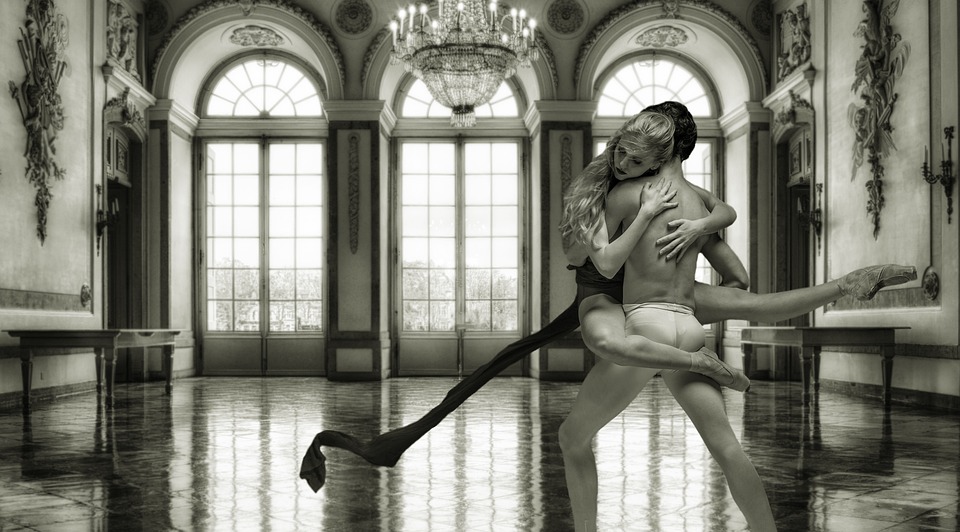Breaking Gender Stereotypes: Empowering Women through Dance
Introduction:
Gender stereotypes have long dictated societal norms, limiting the potential and growth of women around the world. However, one empowering avenue where women have challenged these stereotypes is through the art of dance. Dance, as an expression of freedom, strength, and creativity, has helped women break barriers, shatter preconceived notions, and reclaim spaces traditionally dominated by men. This article aims to explore the significance of dance in breaking gender stereotypes and the ways in which it empowers women, highlighting key examples from various cultures.
Historical Perspectives:
From ancient civilizations to contemporary societies, dance has been an integral part of human culture, often embodying the norms and values prevalent in each era. Traditional dance forms often reinforced gender roles, depicting women as delicate and graceful while portraying men as strong and powerful. However, as societies evolved, so did the progressive portrayal of women through dance, facilitating the process of breaking gender stereotypes.
Dance as Strength and Liberation:
Dance offers women a unique way to showcase their strength and reclaim their bodies. Modern dance genres such as contemporary, hip-hop, and breakdancing have provided platforms for women to challenge conventional norms associated with femininity. Women now express themselves with athleticism, precision, and control, debunking myths that women are physically weaker or less capable than men.
One iconic example is the emergence of breakdancing, where women have redefined the male-dominated space. Talented dancers like B-girl Terra, B-girl Ami, and B-girl Emiko have proven that they can withstand physical demands and showcase their skills alongside male dancers, challenging gender stereotypes head-on.
Dance as Equality and Collaboration:
Many traditional dance forms have been inherently gendered, with specific roles assigned to men and women. However, contemporary dance movements have sought to promote inclusivity and collaboration, breaking traditional stereotypes while empowering women. Choreographers today encourage dancers to explore movements regardless of gender, forging a more egalitarian dance space.
Contemporary dance companies like Alvin Ailey American Dance Theater and Ballet British Columbia have become champions of gender equality, commissioning choreographies that challenge societal norms. These works celebrate the capabilities and individuality of female dancers, often portraying them as equals, capable of leading and collaborating with male counterparts.
Dance as Agency and Expression:
Dance provides a powerful medium for women to articulate their emotions, assert their autonomy, and voice their opinions. It allows women to challenge societal expectations and converse through the language of movement. Women have used dance to address gender-related issues such as body image, self-confidence, and societal pressures, initiating conversations that challenge the status quo.
The viral video “Pride” by Yanis Marshall, Arnaud Boursain, and Mehdi Mamine is a testament to the ability of dance to empower women. This video showcases three men confidently dancing in high-heeled shoes, bridging the gap between femininity and masculinity. It challenges traditional gender roles and empowers women by affirming their freedom of expression and choice.
Dance as Inspiration and Role Modeling:
The accomplishments of renowned female dancers and choreographers have served as a source of inspiration for countless women, encouraging them to pursue their dreams and break free from gender stereotypes. Trailblazers such as Martha Graham, Pina Bausch, and Misty Copeland have shattered glass ceilings in the dance world, paving the way for the next generation of women.
Through their achievements, these women have demonstrated that success knows no gender boundaries. They have inspired countless young girls to embrace their passion for dance, unleashing their potential and encouraging them to challenge established norms with every graceful leap and powerful turn.
Conclusion:
Dance has become a powerful tool for women to dismantle gender stereotypes, empowering them to challenge societal expectations, express themselves, and occupy spaces traditionally dominated by men. Through dance, women have shattered stereotypes and emerged as strong, capable individuals who inspire others. The journey towards gender equality is far from over, but dance has proven to be a vital force in breaking chains and empowering women to reclaim their rightful place on the global stage.

